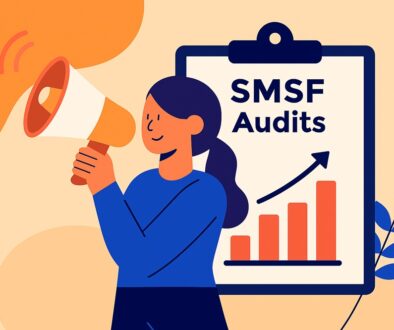How to Sign Your SMSF Trust Deed Correctly

Signing your Self-Managed Super Fund (SMSF) trust deed is a critical step in establishing a valid and compliant fund. Proper execution ensures the legal effectiveness of your SMSF and helps avoid potential complications down the line. This guide will walk you through the process of correctly signing your SMSF trust deed.
An SMSF trust deed is a legal document that outlines the rules for establishing and operating your fund. It’s essential to ensure this document is carefully drafted and executed to comply with superannuation laws and regulations.
Steps to Correctly Sign Your SMSF Trust Deed
1. Identify the Signatories
All parties involved must sign the trust deed, including:
- All trustees or directors of a corporate trustee
- The settlor (if applicable)
2. Use the Correct Signature Block
Each signatory should sign in their appropriate capacity. For example:
- “Signed by [Name] as Trustee”
- “Signed by [Name] as Director of [Company Name]”
3. Witnessing Requirements
Signatures must be witnessed by an independent adult who is not a party to the deed. The witness should:
- Be over 18 years old
- Be present when the signatory signs the deed
4. Date the Deed
The trust deed should be dated on the day the last party signs it. This date is important for the legal effectiveness of the document.
5. Execution by Corporate Trustees
If a company is acting as a trustee, the deed must be executed according to the company’s constitution and the Corporations Act. This typically involves:
- Two directors signing
- A director and a company secretary signing
- The sole director who is also the company secretary signing
Electronic Signatures and State-Specific Rules
Recent legislative changes have made electronic signing of SMSF trust deeds legally valid on a permanent basis for corporate trustees. However, the rules for individual trustees can vary by state:
- New South Wales: Allows electronic signing and witnessing of deeds under specific conditions.
- Victoria: Permits electronic signing with specific wording to confirm electronic execution.
- Queensland: Accepts electronic signatures without additional wording requirements.
- Other States and Territories: May have varying requirements. It’s advisable to seek legal advice before proceeding with electronic signatures in these areas.
Common Mistakes to Avoid
- Missing Signatures: Ensure all required parties sign the deed.
- Unwitnessed Signatures: Make sure all signatures are properly witnessed.
- Incorrect Execution by Corporate Trustees: Follow the correct procedures for corporate trustee execution.
- Backdating: Never backdate a trust deed, as this can lead to legal complications.
- Improper Alterations: Any changes to the deed after signing should be properly executed and witnessed.
How Do We Help?
Correctly establishing and executing your SMSF trust deed can be a complex process with significant legal implications. If you establish your SMSF through Top SMSF, we can:
- Guide you through the signing process, ensuring all legal requirements are met
- Provide advice on state-specific rules for electronic signatures
- Review the deed to ensure all necessary clauses are included
- Assist with proper execution for corporate trustees
We will make sure every step of your SMSF journey is looked after and executed correctly. Our services are competitively priced, so you can have peace of mind without breaking the bank.



